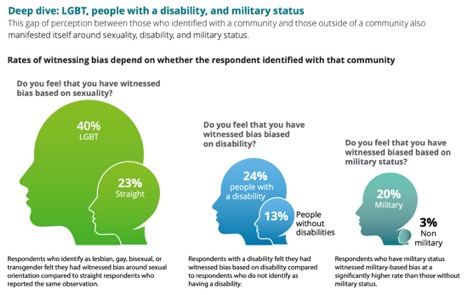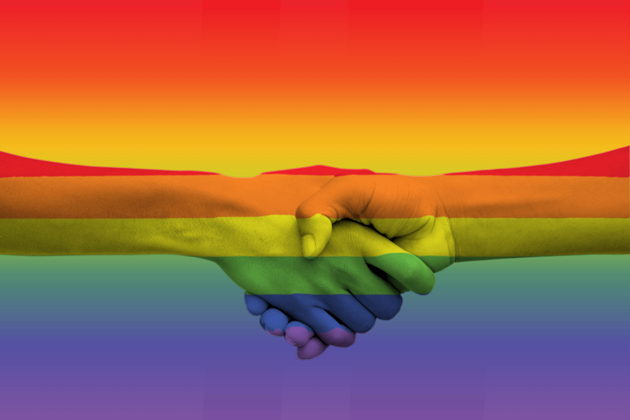As protesters across the United States call out systemic racism and police violence against Black people, and Pride Month honoring the LGBTQ+ community begins, diversity and inclusion issues are—and should be—drawing headlines and dominating conversations around the world.
RIMS CEO Mary Roth and 2020 President Laura Langone released a statement Friday saying:
“To the Black members of our community, we cannot fully appreciate how pained you must be by not only this most recent act—but by all acts that reflect bigotry and hatred in our nations’ communities. What we can do is accept the responsibility to ensure that RIMS community reflects something different. Let us be clear: RIMS does not tolerate any form of racism or discrimination in our global community. And we will always look for ways to improve.”
The editors of Risk Management and the Risk Management Monitor echo this message and stand with our Black colleagues, RIMS members and the Black community at large.
As we all look to support, advocate, learn and do better, we have compiled a list of resources to help, including industry advocacy groups for Black risk and insurance professionals, as well as resources for strengthening your organization’s policies, procedures and diversity and inclusion programs. You can also review selections from our previous coverage of diversity and inclusion below:
Industry Advocacy Groups and Research
National African American Insurance Association (NAAIA)
International Association of Black Actuaries
REPORT: The Journey of African American Insurance Professionals, from Marsh and NAAIA
For public sector risk professionals:
The Government Alliance on Race and Equity (GARE)
National Forum for Black Public Administrators
From ICMA, the association for professional city and county managers: WEBINAR: Sharpening the Focus on Social Equity to Make Strategic Budget Decisions
ARTICLE: Silence Is Complicity: Can White America Demonstrate that Black Lives Matter?
Diversity and Inclusion Resources
The Diversity & Inclusion Revolution, Eight Powerful Truths, from Deloitte
Corporate Equality Index, from the Human Rights Campaign
Previous Risk Management Coverage on Bias, Diversity and Inclusion
Beyond Pride: Building Strong Diversity and Inclusion Programs
Pale, Stale & Male: Does Board Diversity Matter?
The Benefits of Diversity & Inclusion Initiatives
Getting Serious About ESG Risks
Why Cultivating and Maintaining a Diverse Workforce Is Important


